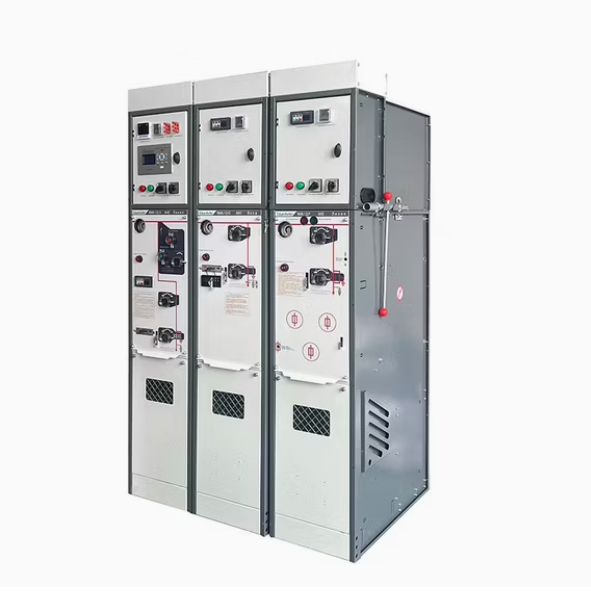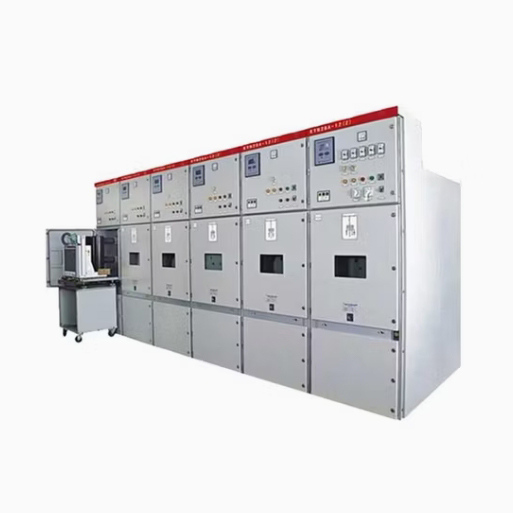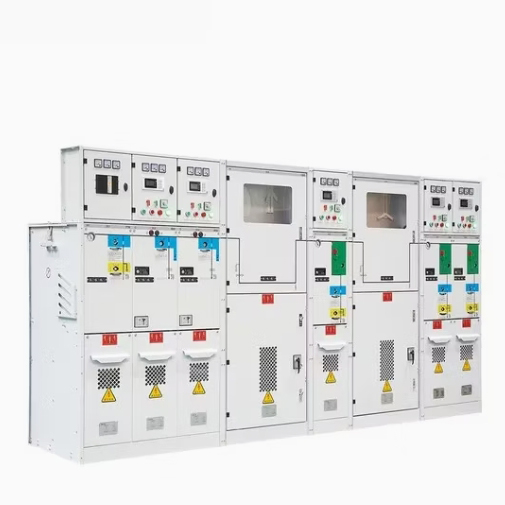Prefabricated Substation Solutions for African Residential Communities: A Case Study of POWERTECH Company
05/07/2025
I. Electricity Challenges in African Residential Communities
- Unstable Power Supply and Coverage Gaps
Sub-Saharan Africa faces a 43% deficit in reliable electricity access. Urban areas like Kinshasa (DRC) experience daily load-shedding due to grid saturation, with peak demand gaps reaching 50%. Rural regions rely on biomass (e.g., charcoal) for 90% of energy needs, hindering modernization. - Weak Infrastructure and High Maintenance Costs
Aging grids and prolonged construction cycles for traditional substations drive up costs. In Nigeria, diesel generator fuel and maintenance account for 30% of operational expenses, while transmission losses in remote areas (20–30%) strain resources. - Urbanization vs. Surging Demand
Africa’s 4.5% annual urbanization rate outpaces grid capacity. By 2030, residential electricity demand is projected to grow at an 11% CAGR, yet unpredictable consumption patterns complicate infrastructure planning.
II. POWERTECH’s Prefabricated Substation Solutions
POWERTECH addresses these challenges with modular, intelligent substations:

- Modular Design and Rapid Deployment
- Factory Prefabrication: Pre-assembled components (transformers, switchgear, monitoring systems) reduce on-site construction time by 60%. Example: Equatorial Guinea’s Ebebiyin grid project deployed 25 substations in 3 months.
- Environmental Adaptability: Corrosion-resistant materials, dust filters, and moisture-proof base designs suit high-temperature, humid, and sandy environments.
- Smart Monitoring and Scalability
- IoT/SCADA Integration: Real-time load, temperature, and fault monitoring via mobile alerts. Angola’s prepaid meter project reduced line losses by 15% using smart metering.
- Capacity Expansion: Scalable from 200 kVA to 2 MVA to accommodate community growth.
- Renewable Integration and Cost Efficiency
- Hybrid Grid/Off-Grid Modes: Solar microgrid compatibility reduces reliance on centralized grids. Mozambique’s rural projects boosted agricultural output by 19%.
- Cost Savings: 40% lower construction costs and 30% reduced maintenance versus traditional substations.
III. Implementation Outcomes and Socioeconomic Impact
- Enhanced Reliability and Coverage
In DRC’s mining regions, substations improved industrial power reliability from 50% to 85%. Uganda’s rural electrification project expanded coverage by 20% using 54,000 prefabricated meter boxes. - Urban Development and Livelihood Improvement
Cape Town (South Africa) reduced household outages from 30 to 2 hours/month, cutting electricity costs by 25%. Stable power enabled small businesses and healthcare facilities, boosting local economies. - Green Energy Transition
Rwanda’s "Africa Solar Belt" project provided clean energy to 50,000 households, reducing CO₂ emissions by 12,000 tons/year. This aligns with the African Development Bank’s "Mission 300" initiative targeting 17 countries.
POWERTECH’s prefabricated substations address Africa’s energy bottlenecks through rapid deployment, smart management, and renewable integration. By elevating living standards and supporting urbanization, this model aligns with Sino-African collaborations like the "Africa Solar Belt," positioning itself as a global benchmark for sustainable energy transitions.













